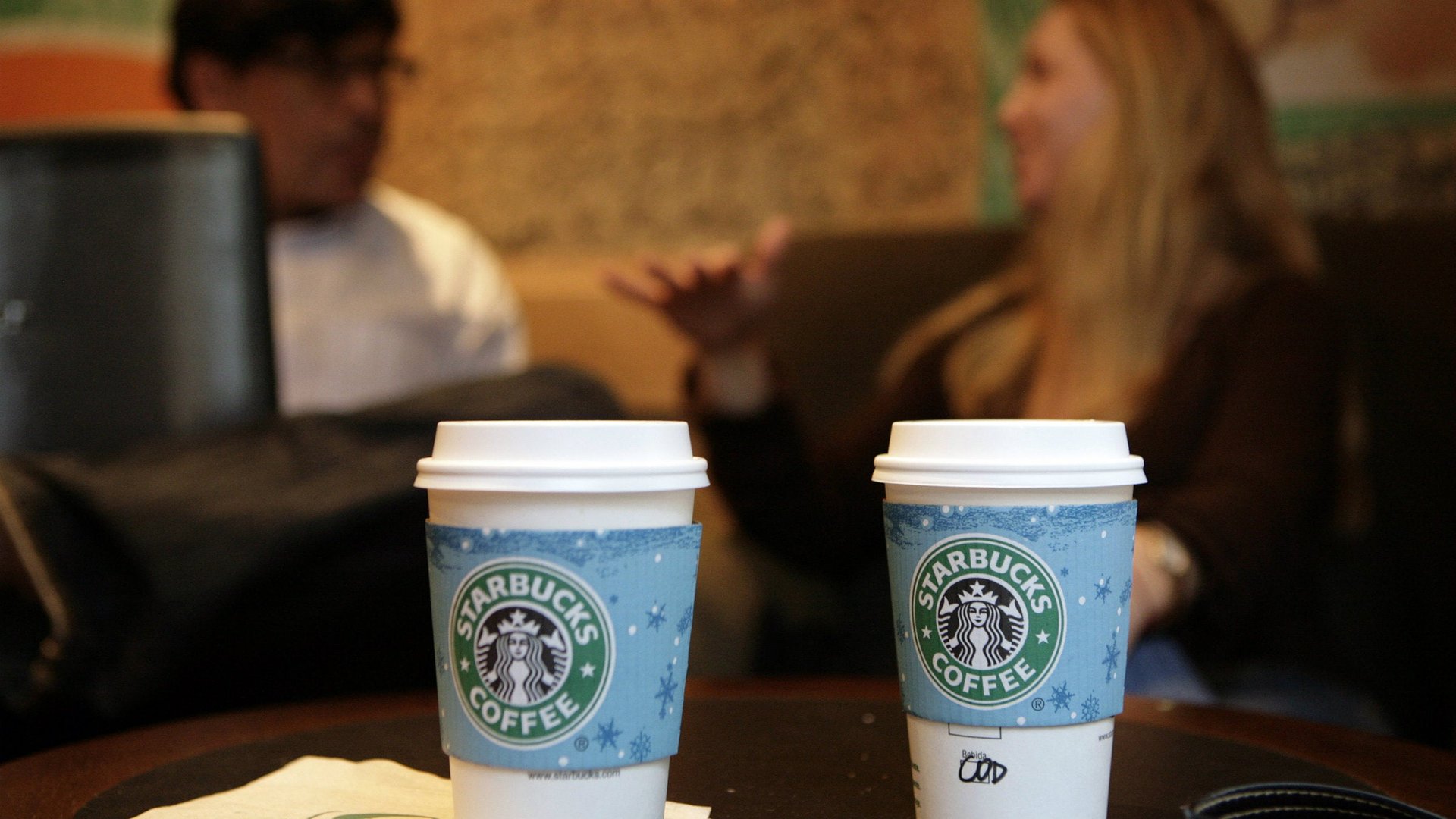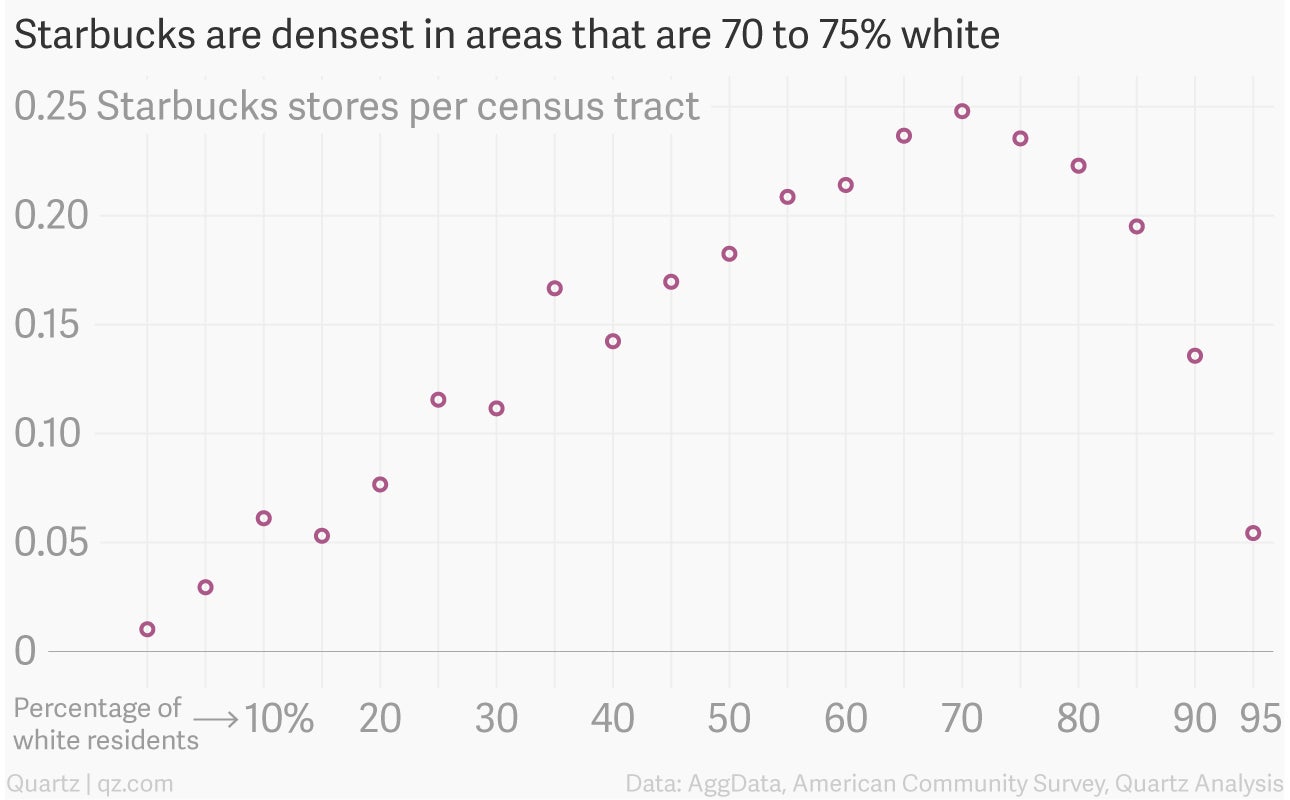Starbucks needs to have a conversation with itself about race
When Starbucks announced yesterday (March 17) that it wants to help start a national conversation on US race relations by encouraging workers to broach the issue with customers, the reaction was a combination of ridicule and confusion.


When Starbucks announced yesterday (March 17) that it wants to help start a national conversation on US race relations by encouraging workers to broach the issue with customers, the reaction was a combination of ridicule and confusion.
The initiative, called ”Race Together,” encourages baristas and customers to open up with one another on the notoriously touchy subject. The chain gave its US employees some rough guidelines on how to proceed: The discussions aren’t obligatory, and nobody should be made to feel uncomfortable. But otherwise it’s up to the baristas.
The company is preparing for hiccups. ”We know this isn’t going to be easy,” Starbucks spokeswoman Laurel Harper tells Quartz. “But we feel that it’s worth the discomfort.” The company is expected to reveal more details about the program at its annual meeting today.
Perhaps this chart could be a jumping-off point for the discussion.

So what does this chart tell us exactly? Essentially, it shows that one in four US census tracts that are 70% white will have a Starbucks. And as you can see, Starbucks density increases along with the whiteness of census tracts (that is, until you reach the extreme end of the whiteness scale, where Starbucks density drops off sharply).
To build this chart, Quartz analyzed a dataset of about 11,500 Starbucks locations in the US as of August 2014, provided by AggData. Using US census data from 2013, we then sorted every census tract by the percentage of the population that was white, and broke these into 20 separate percentile groups. We counted the total number of Starbucks in all the census tracts within a given percentile.
We then divided the number of stores in that percentile by the number of census tracts. For example, there were roughly 4,600 census tracts that are roughly 70% white. In those census tracts, there are about 1,140 Starbucks. So, it means roughly one out of every four census tracts that are 70% to 75% white have a Starbucks.
To be sure, lots of other things might account for the correlation we see here. Wealth, income levels, geographic density, and rates of coffee consumption among different groups would all likely play a role in Starbucks’ site selection, for example.
But since Starbucks seems so eager to have a discussion about race, we figured we’d bring it up.